In the early 2000s, it was all the rage to feature NRIs in Bollywood films. But it’s worth looking back to see how these characters hold up today and whether we can relate to them at all as NRIs.
Rohit from Kal Ho Naa Ho (2003)
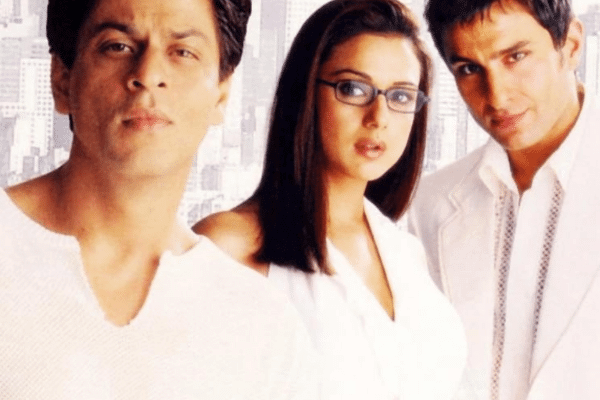
He’s absolutely clueless. He has no idea how to woo the person he loves. In fact, he spent his whole childhood with the girl, but still finds her to be really confusing. Meanwhile, Aman, an Indian who has just arrived in NYC knows how to immediately resolve the family dilemmas that have been plaguing the main characters for years, and knows just how Rohit can improve his love life. What’s in the water in America that made all these characters so confused on how to navigate their lives? In the end, Naina finds out that Rohit’s expressions of love were spoon fed to him by Aman…but marries him anyway (I mean come on girl, you could do better)!
Character rating: 1/5 – He’s really just Aman’s puppet
Pooja Sharma from Kabhi Khushi Kabhie Gham (2001)
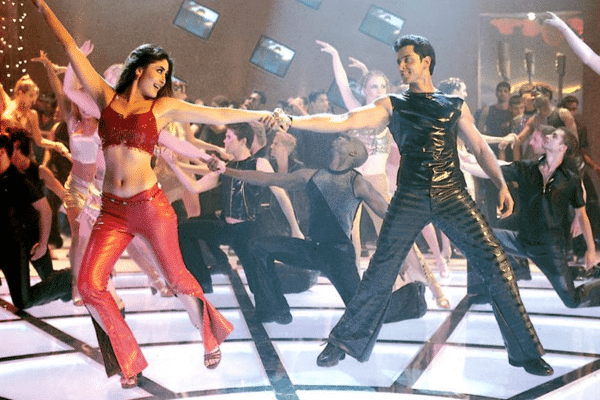
Pooja Sharma couldn’t care less about the boys who follow her around campus, just give her a facial mask and a Vogue magazine and she’s content to spend a Saturday night all alone in her purple pyjamas. She falls into the stock standard depiction of all NRIs in Bollywood. She’ll do anything to separate herself from her cultural background, including adopting a really unfortunate nickname and putting on a fake accent. If anything, what makes her endearing as a character is the fact that whilst she has strict boundaries in place between herself and strangers, her love for her family is boundless.
Character rating: 3/5 – we just had to give extra points for style
Mohan from Swades (2004)
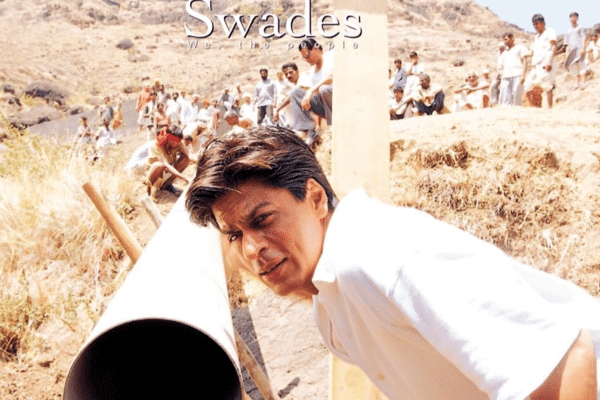
It’s Sharukh Khan in his best role yet. The first half of the movie is a fun road trip as Mohan, a stereotypical Indian American who is characterised as a workaholic and overachiever, is guided back to India out of a love for his country and more specifically, a need to rescue his baby-sitter from the prospect of dying in an old age home. Whilst he reflects Indian values of respecting the elderly, the film makes it clear that America has softened him. Is he a bit of a caricature? Yes. Is he just a vehicle for the director’s perceptions of the diaspora? Yes. But at least SRK is charming!
Character rating: 3/5 – Just because we love good character development
Jaggu Yadav (AKA the “Exactly” man) from Salaam Namaste (2005)
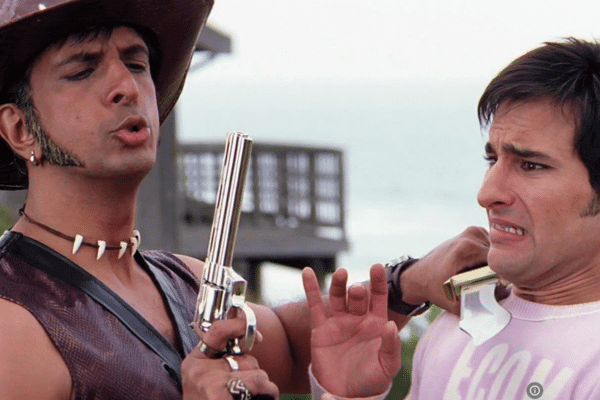
Finally, a character from Down Under; it’s none other than the delusional, cigar smoking Jaggu Yadav. He’s a man who by a stroke of luck, won the lottery as soon as he landed in Melbourne. Since then, he’s shed his Indian identity and has been donning crocodile skin, along with a cowboy hat and denim jeans (you know, as all us Indian-Australians do). He’s understood neither by Indians nor by any Australians except his faithful blonde sidekick who offers nothing to the story. Common phrases adopted by Jaggu Yadav include, “I don’t give a crocodile’s arse,” “Babes” and “Buddy boy.”
Character rating: 5/5 for comedic value
Shyra Gill from Bekfikre (2016)
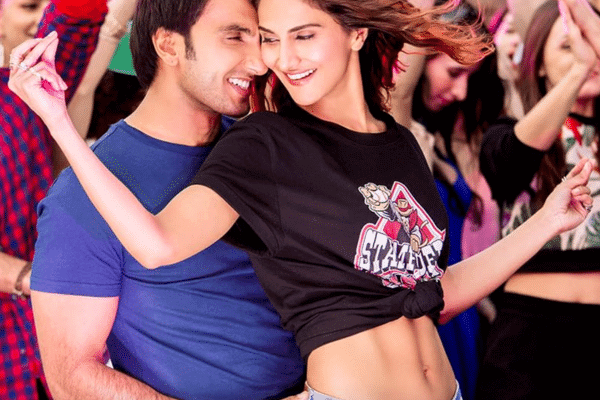
If you’re looking for a more modern portrayal of an NRI, look no further than Shyra Gill. She’s absolutely unhinged and is way too unafraid of authority (seriously, she asked a guy she’s into to slap a policeman in the face for her). She is known for her fiery personality, her constant partying and her sociability. She’s another caricature of an Indian woman who has completely forgotten her culture and is somewhat of a lost soul because of this. But of course, she can still speak perfect Hindi for storytelling purposes.
Character rating – 2/5 – We honestly, couldn’t find any redeeming qualities in her
Either a softie, someone who has forgotten their culture or an absolutely crazy person. It seems that these are the typical characterisations of NRIs in Bollywood films. All these characters are fun to watch for sure, but what does it take to write a character who is equally respectful of their cultural background as well as the culture they assimilate to? If films are the mechanism through which we can foster understanding between people, then it’s well worth portraying the diaspora in all their complexity in Indian cinema.
READ MORE: A treat for cinema fans in India: Re-release of 2000s classics




